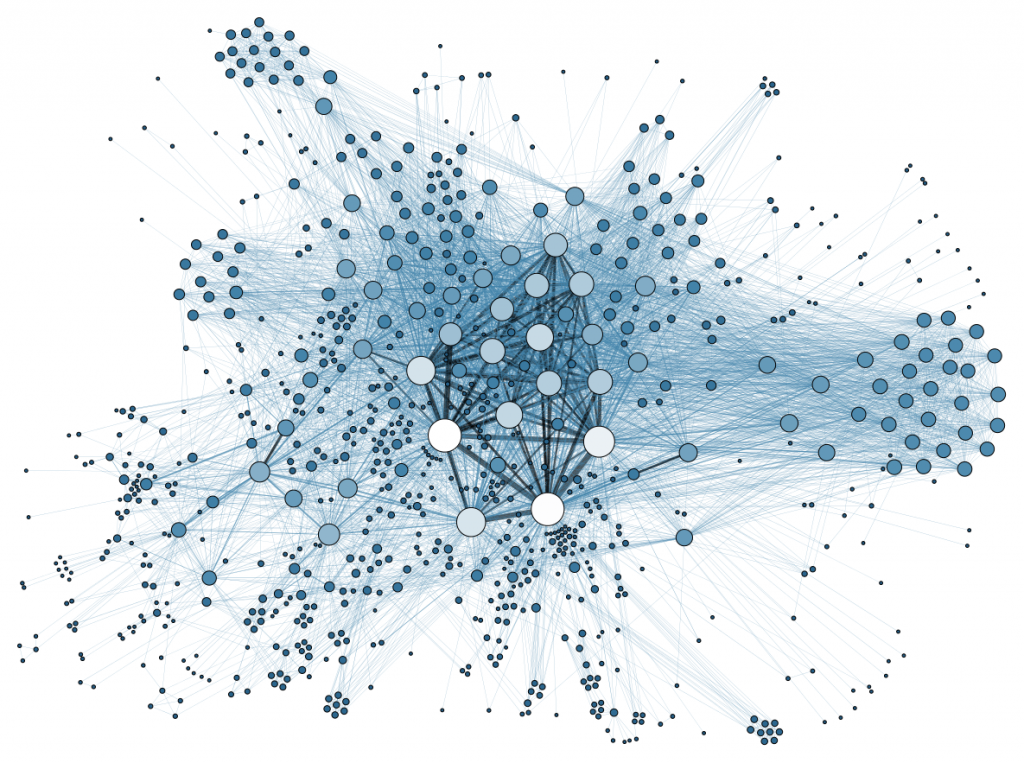Jisc will shortly be commissioning a project entitled Visualising Medical History as part of the wider work around the UK Medical Heritage Library. This post explains the rationale behind the project and provides practical details.
The UK Medical Heritage Library is making 15 million pages of 19th Century medical texts available digitally in one searchable collection for the first time. The collection is steadily growing and openly available on the Internet Archive and the Wellcome Digital Library.
The Visualising Medical History Project will ultimately make the collection available on Jisc Historical Texts where, alongside traditional means, users will be able to use data visualisations to access and interpret the texts.

Project rationale
The rationale for using data visualisations to access the UK MHL came out of discussions with the Academic Advisory Group assigned to the project. They noted that when making such a large corpus available digitally it raises a some important questions:
- When millions of digitised pages sit “behind a keyword search box” how does a student make sense of the full extent of what is available?
- Lacking the visual clues and serendipity that a traditional library set-up provides, how can teachers convey the broader context in which this literature was produced?
- How can digital technology stretch the traditional way of “searching” content and support the identification of key concepts, themes and connections within the digitised texts?
- How do scholars sift through and prioritise long lists of search results that may have been generated through more traditional searches?
- How do they account for OCR imperfections?
- And how can the interaction between text and images be represented, and the integrity of texts kept?
These questions highlight two different audiences for this project: students and teachers on the one side and scholars on the other. A recent conference broached the subject of using visualisations to meet the needs of both audiences:
“On the one hand, cultural institutions are experimenting with new visual interfaces to showcase their collections by visualizing artefacts along diverse dimensions; on the other hand humanities scholars are developing methods for digital scholarship using visualizations for literary analysis, cultural analytics, and digital archaeology. These developments are creating new opportunities for rethinking the way with which digital collections are displayed, analyzed, and explored.”
The successful contractors for this project will analyse the UK-MHL exploring common concepts, trends and semantics within the data to produce data visualisations. For students and teachers the visualisations will support digital literacy and engagement with the content whereas for scholars and researchers visualisations will provide more a more advanced means to interrogate the corpus.
The methodology is left open to the contractors provided it includes engagement and approval from the Academic Advisory Group attached to the project.
Practicalities
If you are interested in this tender please register with our procurement providers, Janet, as soon as possible on the e-procurement portal.
- Jisc will release the Invitation to Tender on the 13 April 2015 via the same portal.
- The deadline for receipt of responses is the 18 May 2015.
We are particularly interested in proposals that are based on a partnership between teams of technical experts and subject experts (medical historians, humanists, digital humanists et al.).
If you wish to find out more about the background of the project please contact alex.idris-thomas@jisc.ac.uk or for procurement related questions procurement@jisc.ac.uk.
